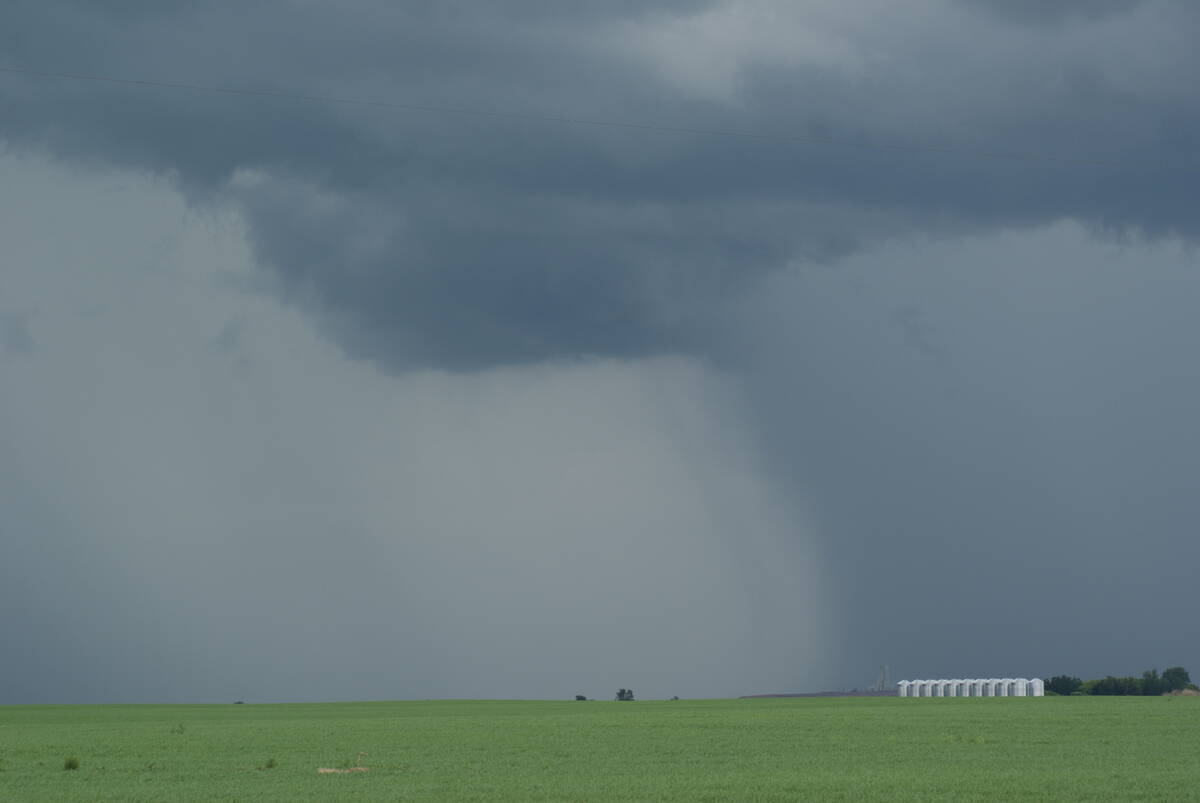China’s giving us an interesting way to consider the question of how much our prices rely upon that massive market.
For those of you that don’t know, the Chinese government has rocked pork markets by saying it wants impossible-to-soon-deliver extra assessment of U.S. pork purchases to ensure the meat doesn’t contain ractopamine – known by the brand name Paylean in the hog industry.
It’s a harmless substance, but some countries have banned meat that contains trace amounts – or comes from animals that have consumed it. All the countries that ban it say they are worried by the human health implications of ractopamine. Skeptics, including most North American hog producers and industries, believe it to be just another non-tariff trade barrier that can be thrown up whenever it’s convenient. Ractopamine helps pigs turn nutrition into muscle rather than fat, so it increases feed efficiency a lot, lowering the cost of producing a meaty pig. North American exporters to Asia, including Smithfield Foods in the U.S. and HyLife in Manitoba, only slaughter an export ractopamine-free pigs for that market.
Read Also

Canadian farmers need new tools to support on-farm innovation
Farmers need a risk management buffer that actually works and investment that drives advancements forward if Canada is to build resilience.
Right now the Chinese government is pushing hard to increase the size of its hog herd, and skeptics point out that banning a certain amount of pork imports will prop up domestic Chinese pork prices and encourage and reward more Chinese hog production – a key government priority.
This is similar to the arguments we hear from some in the canola industry about the Chinese claims of fear over blackleg, which was the reason given for restricting Canadian canola to a restricted number of Chinese portside crushers. That restriction has been in place for years now, and the skeptics say its real purpose is to boost domestic Chinese canola prices to help farmers and other interests. Because China has signed various trade agreements, it needs to find creative ways to manipulate trade if it has decided to do that. (We should be careful to not be too skeptical of all claims about blackleg fears, methinks, because we just saw on the prairies what can happen in a bad blackleggy year. If they don’t have resistant varieties, maybe they’re legitimately scared of our strains. Who knows? Chinese government decisions are made behind 100 veils. Could be legit. Could be BS. We’ll never know.)
Regardless of why it is happening, the Chinese action on ractopamine in U.S. pork has sent a shiver through the pork markets, rattling confidence in the demand projections that underlie pork values. Like so many commodities, the Chinese growth assumption is central to bullish projections. What if growth of Chinese demand stalls, or reverses? What would that do to our prices for various ag commodities, like canola, pork, soybeans? We’ve gotten used to years of growing world demand for our commodities, what happens if that dynamic changes? How much of our present prices is due to the assumption of ongoing and growing Chinese demand?
To me, this is all part of the much bigger question of the commodity bull market, which has been driven along by ever-growing world demand for commodities since the early 2000s. Even the slump in Europe and America hasn’t been enough to stall high commodity prices because developing nations are still growing strongly. Many, many people assume that world demand will just keep growing, with America and Europe eventually recovering and driving demand for commodities even higher as they compete with developing nations for the same stuff. I’m skeptical of that view, because I believe the world economy is now artificially inflated by the worldwide money-printing of central banks and that when that trick runs out of magic, we’re likely to fall into a profound economic slump that will kill demand for commodities and end the bull run. Either way, this possible sharp curtailment of Chinese demand for pork shows us how quickly market assumptions can be killed.
So watch this issue closely. It’ll tell us a lot about how much we are all relying on forecasts of never-ending Chinese demand growth.














